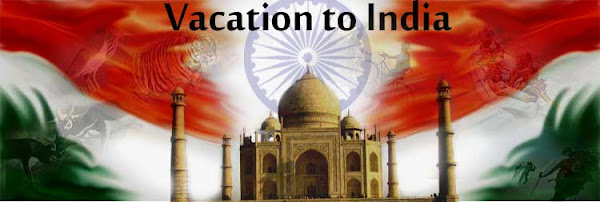A camel safari is indeed a distinct experience, as you will definitely feel a sense of immense thrill while riding it. If you're doing it the first time, try a one day safari only. It was the Rajasthan Tourism Development Corporation (RTDC), in Jaisalmer who first came up with the camel safari idea and it soon caught on in other areas like Pushkar, Bikaner and Shekhawati.
Elephant safaris are popular in Kerala and some other sanctuaries in the country. It is true that the rider sits rather high from the ground and you may feel a little uncomfortable at first. But you will soon get used to the rhythmic walk of the animal and enjoy your safari. This is truly the best way to view wildlife at pretty close quarters.
Best time to visit - November to February. Located in the Doon valley of the 'Shivalik' Range in Garhwal, the surrounding temperate forests of the Rajaji National Park house many rare species of birds.
Best time to visit - November to June. These famous parks of Madhya Pradesh have done a good job of preserving wildlife. There has been a significant rise in the population of many of the endangered species, including the Tigers. A well developed infrastructure, dense forests, and an abundance of wildlife make for an unforgettable safari. Best season to visit is November till June.
Best time to visit - November to February. Bird watchers can see many migratory birds besides the usual. In fact, there are over 300 species here.
Corbett National Park
Tourists can avail numerous jungle safari packages and get the opportunity to sight animals such as Jackal, buffalo, fox, hyena, leopard, wild cats, crocodiles and tigers. Corbett National Park is one of India's finest wildlife sanctuary. The park stretches over 1300 sq. kms in the Himalayan foothills with open grasslands, sal and riverine forests and the beautiful Ramganga river flowing through the entire length. Over 50 mammal and 580 bird and 25 reptile species have been listed in Corbett.
Best time to visit - October to April. 1400 sq kms of the Sasangir Forest houses the Asiatic lion, a rare species.








